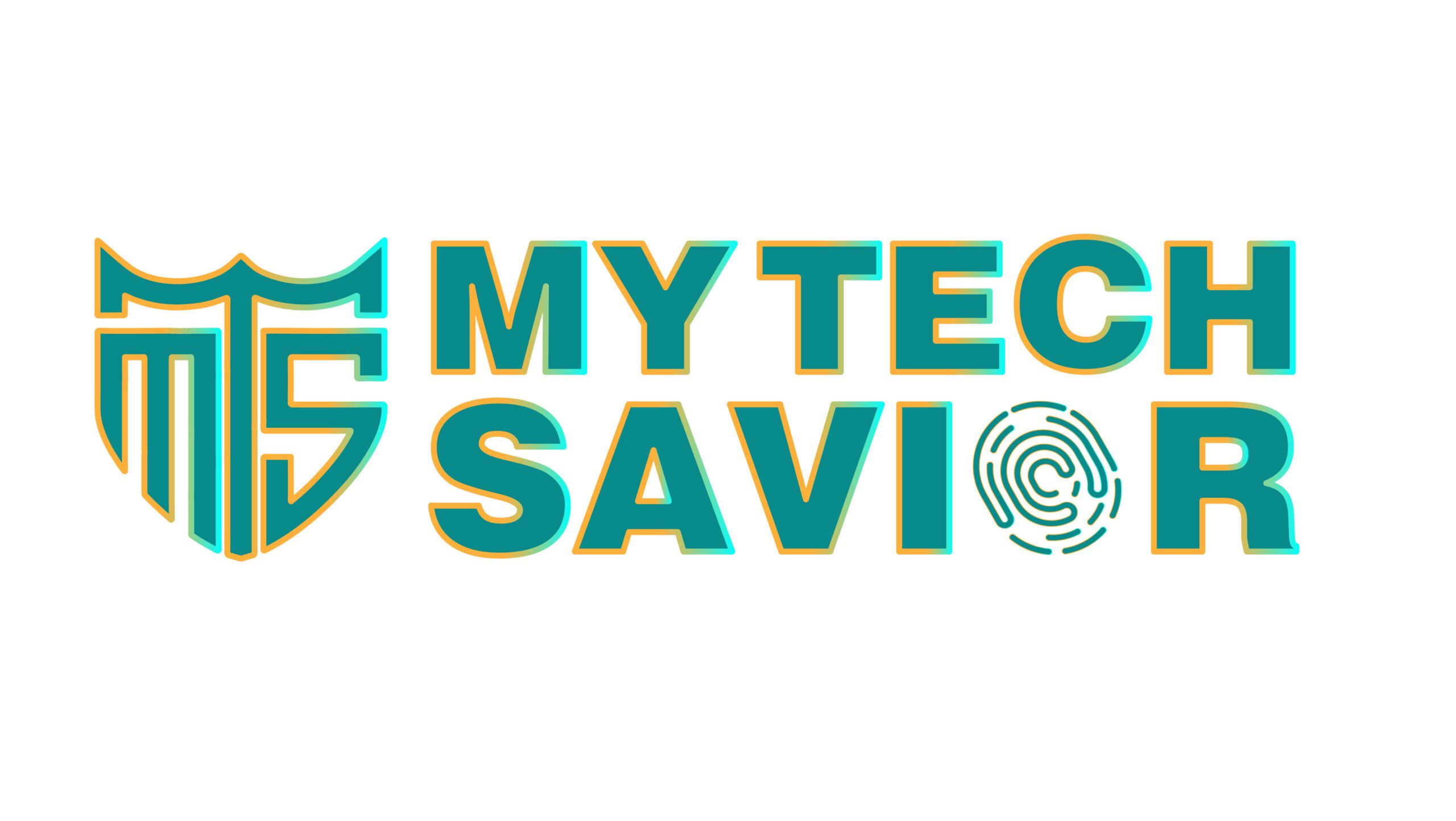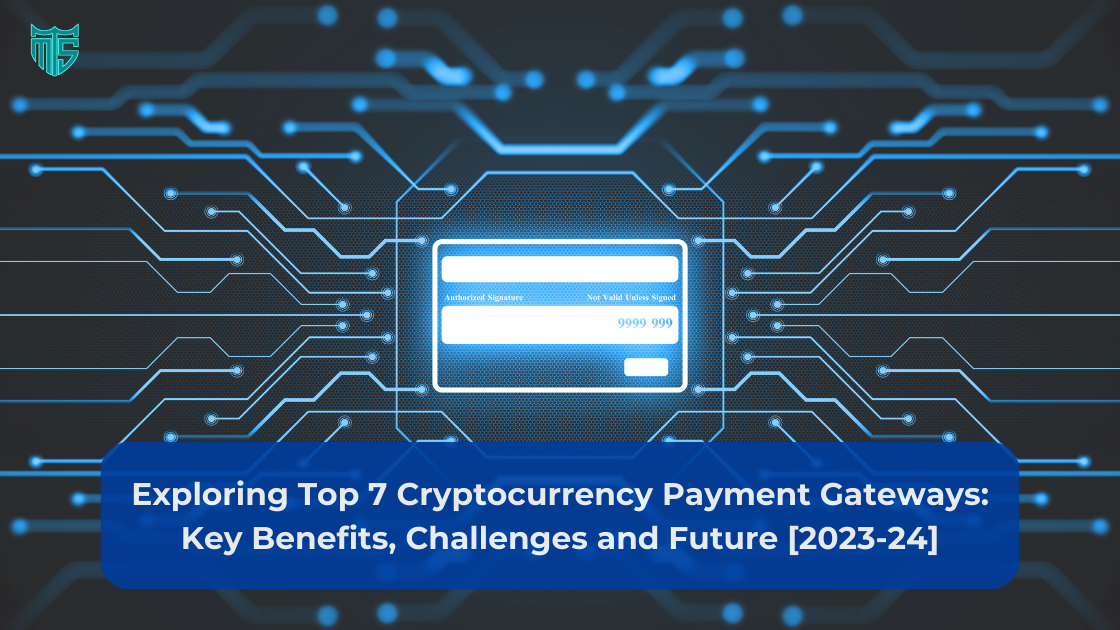Introduction
The financial industry is on the cusp of a major transformation driven by blockchain technology. While blockchain is most known for being the underlying technology behind cryptocurrencies like Bitcoin, its potential extends far beyond just digital currencies.
The global blockchain finance market size was valued at $792.3 million in 2022 and is projected to reach $79.3 billion by 2032, growing at a CAGR of 60.5% from 2023 to 2032 (Alliedmarketresearch).
At its core, blockchain is a decentralized, distributed ledger that allows for secure and transparent recording of transactions. This emerging technology is garnering significant interest from major financial institutions and governments alike for its ability to reshape financial systems.
In recent years, many major banks, stock exchanges, and financial services companies have been investing heavily in blockchain research and development. Financial giants like JPMorgan Chase, Goldman Sachs, and Visa are all exploring ways to leverage blockchain to improve security, reduce costs, and enable faster transactions. Even central banks around the world are studying blockchain’s potential in powering central bank digital currencies. The interest from mainstream financial players highlights the growing recognition that blockchain could fundamentally transform finance.
By decentralizing and disintermediating financial transactions, blockchain offers the possibility of reduced costs, improved access to capital, and greater transparency. As such, it is critical that we closely examine blockchain’s potential benefits as well as its risks and limitations for the financial sector. Only with an open and informed exploration of this emerging technology can we fully harness its possibilities in shaping the future of finance.
Briefly explain what blockchain is and its potential impact on the financial industry.
Blockchain is a distributed ledger technology that allows for decentralized, transparent recording and verification of transactions. It has the potential to disrupt the financial industry by enhancing security, reducing costs, increasing transparency, and enabling faster transactions.
Highlight the growing interest and adoption of blockchain technology by major financial institutions.
In recent years, major banks, stock exchanges, and financial services firms like JPMorgan Chase, Goldman Sachs, and Visa have been investing heavily in blockchain R&D. Even central banks are exploring blockchain for powering digital currencies. This demonstrates the growing recognition of blockchain’s transformative potential.
Emphasize the importance of exploring blockchain’s potential in shaping the future of finance.
It is critical we closely examine blockchain’s benefits and limitations for finance. Only with an open and informed exploration can we harness its possibilities for reducing costs, improving access to capital, and promoting transparency. Blockchain has immense potential for shaping the future of finance.
What is Blockchain?
Blockchain is a distributed ledger technology that allows transactions to be recorded and verified without the need for a central authority. At its core, a blockchain is a digital ledger that is replicated and distributed across a peer-to-peer network. All confirmed transactions are recorded in blocks that are linked together to form an immutable chain, giving the blockchain its name.
As of 2022, over 18,000 nodes are running the Bitcoin blockchain network worldwide (Bitnodes).
Core Characteristics of Blockchain
Some of the key characteristics of blockchain technology include:
- Decentralization – The blockchain network is distributed and does not rely on a central point of control.
- Transparency – All transactions on a blockchain are visible to every participant in the network.
- Immutability – Once data is written to the blockchain, it is extremely difficult to alter it retroactively.
- Security – Cryptographic techniques are used to ensure the integrity of transactions and prevent tampering.
How Blockchain Works
In a blockchain network, each participant maintains their own copy of the ledger. When a new transaction occurs, it is broadcast to all nodes in the network. The nodes then validate the transaction using algorithms to confirm its authenticity. Once a transaction is verified, it is combined with other transactions to create a new block of data.
This new block is then appended to the existing blockchain. Each block contains a cryptographic hash that links it to the previous block, creating an unbroken chain. In addition, transactions are secured through public-key cryptography, which assigns each user with a private key to authorize transactions.
The Role of Consensus Mechanisms
For a transaction to be added to the blockchain ledger, all nodes must reach a consensus on its validity through a consensus mechanism. Some common consensus mechanisms include:
- Proof-of-Work (PoW) – Nodes compete to solve complex mathematical puzzles to validate transactions and create new blocks.
- Proof-of-Stake (PoS) – Nodes stake their cryptocurrency holdings to vote on verifying transactions and generating new blocks.
- Delegated Proof-of-Stake (DPoS) – Token holders vote to select nodes to act as validators in the network.
These consensus models allow decentralized blockchain networks to maintain integrity without a central authority.
The Benefits of Blockchain in Finance
One of the most touted benefits of blockchain technology is the enhanced security it can provide for financial transactions. By distributing data across a decentralized network of computers, blockchain removes the risks associated with storing sensitive information centrally. This makes the system resilient to hacking or data tampering. Additionally, the cryptographic principles used in blockchain provide an extra layer of protection, with transactions verified through complex mathematical computations before being added to the ledger.
Blockchain’s decentralized nature also eliminates the need for third-party intermediaries like banks and payment processors. This can significantly improve the efficiency of financial transactions by reducing processing times and fees. For example, cross-border payments on blockchain can be completed in seconds rather than days. By cutting out intermediaries, blockchain also reduces the risks of errors and fraud in transactions.
Perhaps most importantly, blockchain enables greater transparency in financial systems by providing an immutable, auditable record of all transactions. Every participant can view this public ledger, allowing for increased accountability. This has the potential to reduce corruption and build trust in institutions that adopt blockchain solutions. Transparency also facilitates regulatory compliance by giving regulators access to a clear transaction history.
Overall, blockchain brings some major advantages over traditional systems in finance. Its decentralized architecture enhances security, while the elimination of intermediaries creates faster, cheaper transactions. And the transparency of the public ledger enables trust and accountability. As the technology matures, blockchain seems poised to drive significant transformation across the financial sector.
Blockchain can enable up to $12 billion in annual cost savings for banks’ compliance operations (Accenture).
The Challenges of Implementing Blockchain in Finance
One of the biggest challenges facing the adoption of blockchain technology in finance is scalability. Public blockchain’s like Bitcoin and Ethereum can only process a limited number of transactions per second, which pales in comparison to the transaction volumes of major payment networks like Visa. This limits blockchain’s ability to scale as a mainstream financial infrastructure. Solutions like sharding, side chains, and layer 2 protocols are being explored, but have not yet proven capable of handling massive transaction volumes at speed.
Regulatory uncertainty also poses a significant barrier. Since blockchain transcends geographic borders, there is a lack of clarity around which laws and regulations apply. Regulators around the world are still playing catch-up in providing clear guidance. Additionally, the transparent and immutable nature of blockchains raises concerns about privacy and data protection laws like GDPR. There is a need for global regulatory standardization to provide legal certainty and compliance frameworks.
Public blockchains also raise cybersecurity concerns due to their transparent nature. While the data is cryptographically secure, the visibility of wallet balances and transaction details to all network participants could enable the tracking of payments and wealth. Solutions like zero-knowledge proofs are being developed to enhance privacy but may impact auditability. There are also concerns around 51% of attacks, where a single entity gains majority control of the network.
The lack of an established governance model is another challenge. Public blockchain’s like Bitcoin and Ethereum rely on informal communities of developers and miners. This can lead to contentious hard forks that split the network. Formal governance structures will need to emerge as blockchain matures from its roots in open source culture.
Finally, the energy consumption of proof-of-work consensus mechanisms has led to criticism over sustainability impacts. However, networks are transitioning to less energy-intensive protocols like proof-of-stake. Renewable energy sources can also help mitigate environmental concerns.
Overcoming Barriers and Driving Adoption
Financial institutions and governments around the world are actively working to address some of the scalability and regulatory challenges facing blockchain technology. For example, solutions like sharding, sidechains, and layer 2 protocols are being explored to improve blockchain scalability. Regulators in several jurisdictions have also released guidance and sandboxes to provide more regulatory clarity for blockchain applications.
At the same time, we are seeing successful real-world use cases emerge, highlighting blockchain’s potential. Cross-border payments is one area where blockchain networks like Ripple are enabling faster and cheaper transactions. Supply chain management is another domain where blockchain delivers transparency and efficiency gains. Trade finance, securities settlement, identity management, and insurance are some other financial sectors benefiting from blockchain pilots and implementations.
Going forward, continued blockchain optimization and standardization efforts will help drive greater scalability and interoperability. Hybrid integration with legacy systems can enable a gradual transition towards blockchain-based financial infrastructure. Collaboration between regulators, central banks, financial institutions and blockchain startups will be key in developing appropriate regulations and compliance standards. Education and training programs will also promote wider understanding and adoption across the industry.
Other innovations like decentralized finance (DeFi), non-fungible tokens (NFTs), and central bank digital currencies (CBDCs) built on blockchain technology will open up new possibilities in finance. With a thoughtful and coordinated approach, the financial industry can overcome current barriers and fully realize the transformative potential of blockchain.
Conclusion
In this concluding section, let’s recap some of the key takeaways from our exploration of blockchain’s potential impact on the future of finance. As discussed, blockchain technology offers enhanced security, efficiency, and transparency that could transform financial systems and services. However, realizing this potential also requires overcoming scalability, regulatory, and privacy challenges.
The decentralized and immutable nature of blockchain provides inherent security benefits over traditional centralized systems. By distributing data across many nodes, blockchain networks are resilient against attacks or failures. The cryptographic foundations of blockchain also enable secure transactions without third-party intermediaries. These security enhancements could prevent fraud, build trust, and reduce costs in financial services.
Additionally, blockchain streamlines processes by enabling peer-to-peer transactions and smart contracts that automate workflows. By reducing transaction times and eliminating middlemen, blockchain facilitates faster, cheaper transfers and settlements. Automating manual processes through smart contracts also cuts costs and human errors. The transparency of transactions on public blockchains further promotes trust and accountability.
However, concerns around scalability, regulation, and privacy must be addressed. Blockchains face throughput limitations compared to traditional systems, which could hamper mainstream adoption. The lack of regulatory clarity also creates uncertainty. And while transparency drives trust, it raises privacy issues that must be carefully handled in the financial sector.
Despite these challenges, financial institutions recognize blockchain’s immense potential. Major players like Visa, JP Morgan, and SWIFT are actively researching blockchain integrations. Startups are also leading the charge with innovative solutions. And governments are establishing regulatory sandboxes to encourage responsible innovation.
To fully realize the possibilities of blockchain in finance, continued progress is needed around scalability solutions like sharding, off-chain transactions, and alternative consensus models. Clear regulations that protect consumers while encouraging innovation are also essential. And privacy-enhancing techniques like zero-knowledge proofs must be incorporated into blockchain financial applications.
This is an exciting time for the convergence of blockchain and finance. While the technology is still evolving, its prospects are promising. Readers interested in learning more about blockchain in finance can refer to the resources below:
- Books:
- Blockchain Revolution by Don Tapscott and Alex Tapscott
- Blockchain and the Law by Primavera De Filippi and Aaron Wright
- Online Courses:
- Blockchain and Financial Services Course on Coursera
- Blockchain, Cryptoeconomics and the Future of Technology, Finance and Law on edX
- Industry Events:
- Blockchain Week NYC
- Paris Blockchain Week Summit
With responsible stewardship, blockchain technology can transform finance for the better. The possibilities are limited only by our imagination. It is an exciting time to be at the genesis of this financial revolution!






